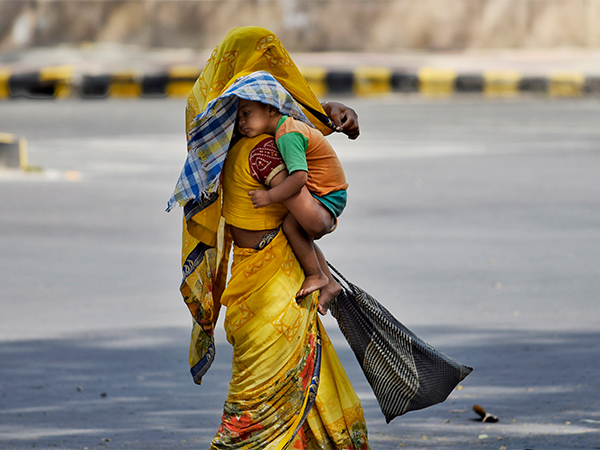Traditional lenders retake digital initiative in A-Pac: S&P
Mar 18, 2021

Melbourne [Australia], March 18 : The pure-play virtual banks are getting squeezed just as the pandemic is hitting their nascent business models, according to S&P Global Ratings.
The health crisis has reset digital competition with new entrants under strain at a vulnerable moment and with traditional players aiming vast resources at digital services, it said in a new report titled 'The Future of Banking: The Incumbents Strike Back.'
"Pre-pandemic, the question in Asia Pacific of whether traditional banks would use branches was a 'future state' consideration. Following the onset of the virus, however, this notion was jettisoned into the present," said S&P Global Ratings credit analyst Gavin Gunning.
Many traditional banks closed branches or otherwise halted their physical distribution network, all while expanding their digital offerings.
Meanwhile, what was shaping up pre-Covid-19 as a moment of glory for virtual banks is turning into an ordeal for some. The economic malaise has hit many lenders but the less established institutions are often more vulnerable.
The virtual banks have a low market share relative to traditional banks. In many cases, virtual banks have highly concentrated business profiles, often need to rely on higher interest rates to attract deposits, and have small, unseasoned lending books.
"The outbreak has exposed gaps in the business model of some virtual banks. Many will need to revamp their strategies or find a stronger partner with which to merge. Some may not survive. Some have already conceded," said S&P Global Ratings credit analyst Harry Hu.
Even for virtual banks that may want to diversify their product offerings, management attention has been focused principally on managing the effect of the virus on business models.


















